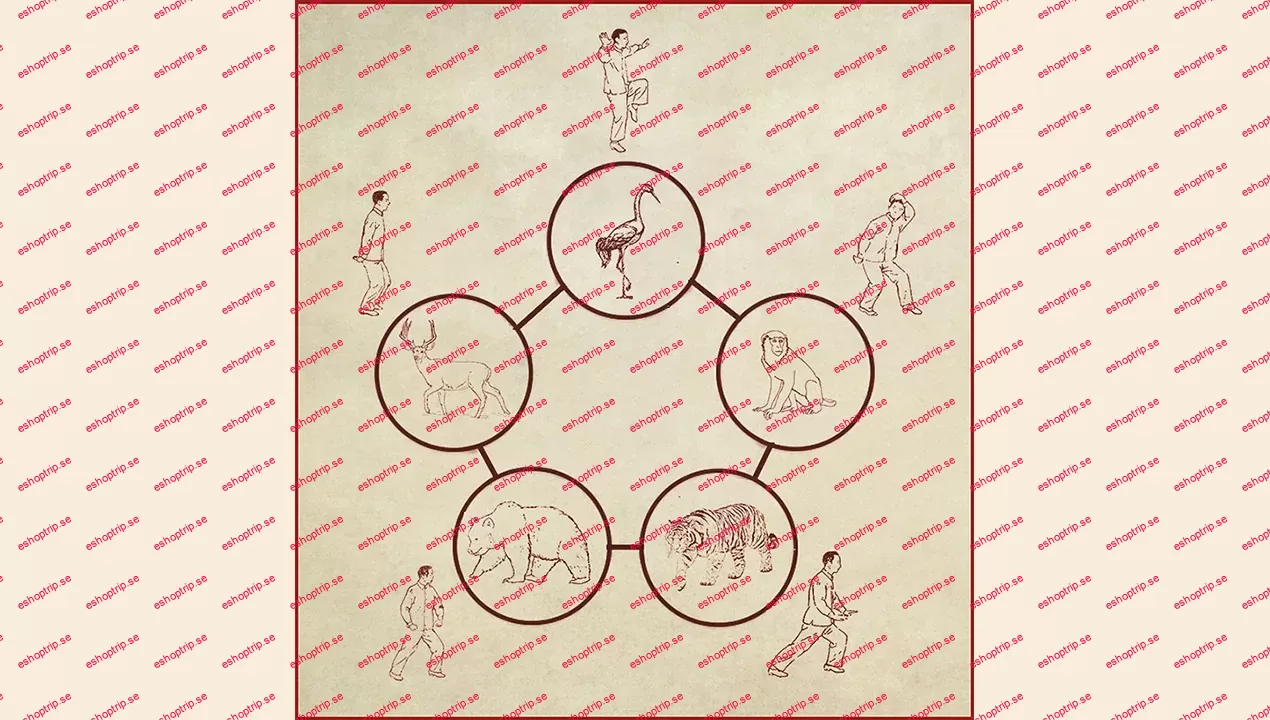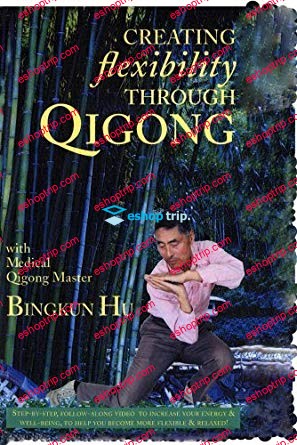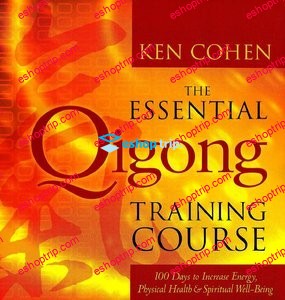Tom Bisio Five Animal Play Qi Gong Online Learning Program
4.52 GB
An incredible Qi Gong system based on imitating the natural movements of animals!
Five Animal Play is one of the oldest forms of Qi Gong. As early as 300 BCE, Daoist Immortals performed shamanic dances that imitated animals. Hua Tuo, the legendary physician of the late Han Dynasty learned these dances and created Five Animal Play.
Ancient immortals practiced “bear-hanging” and “turning the head like an owl” to stretch and relax the waist, body and joints in pursuit of longevity. I have a technique called the Five Animal Play based on the tiger, deer, bear, ape and bird.
-Hua Tuo
In this very unique version of Five Animal Play, each animal has a unique walking step that activates different organ and meridian systems, and each modulates the movement of the Qi in specific ways.
The Power of Imitating the Gait of Animals
The health and physical capabilities of human beings can be greatly enhanced by moving like specific animals, and in particular, by imitating the way different animals walked. Walking is one of our most primal movements. Walking contains inherent rhythms, a product of internal movements created by the external movements coupled with the Mind-Intention. In Five Animal Play, different modes of walking create specific patterns of internal vibrations, pulsations, and waves that move through the body’s largely fluid composition, each homing to and affecting different organs, meridians, and physical structures.
When practicing Five Animal Play we are not just imitating the external physical movements of the animals, we are also engaging with the power and potency of each animal – the spirit and the innate internal power dynamic particular to each animal. Benefit from and experience: the slow, stable gait of the Bear, the lightness and flexibility of the bird, the Deer’s relaxed limberness, the Tiger’s power and strength, and the agility and liveliness of the Monkey.
This program is also a must for Xing Yi Quan enthusiasts who wish to gain a deeper understanding of the Xing Yi footwork and the Twelve Xing Yi Animals.
https://archive.is/I4z5a










